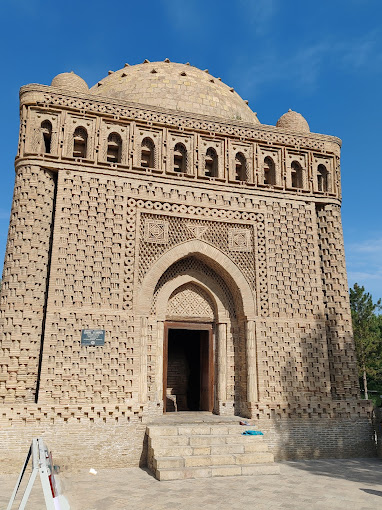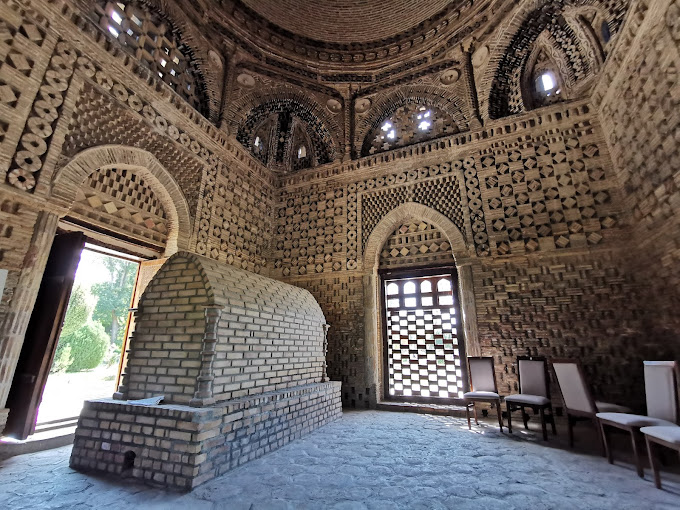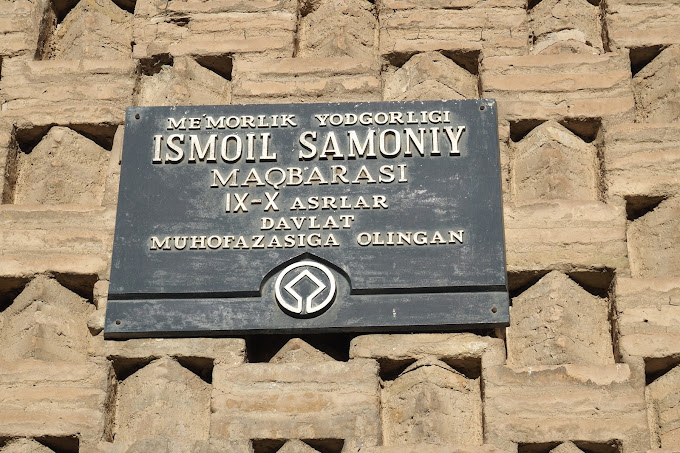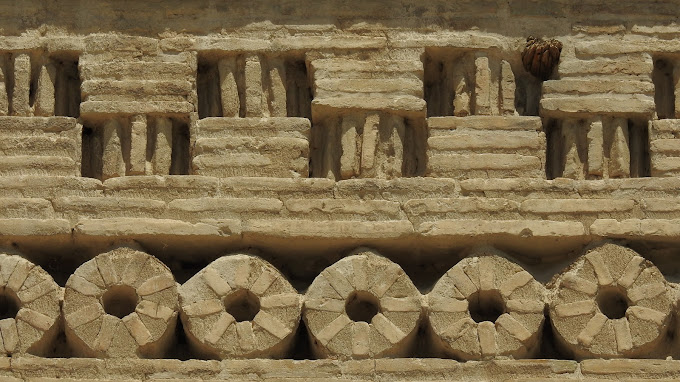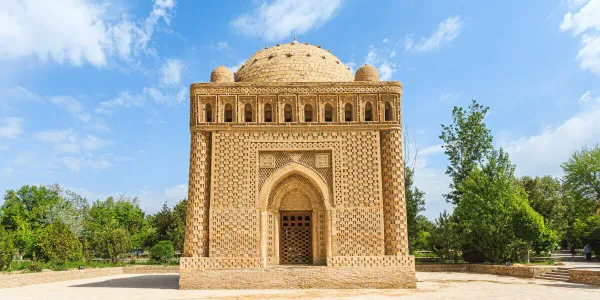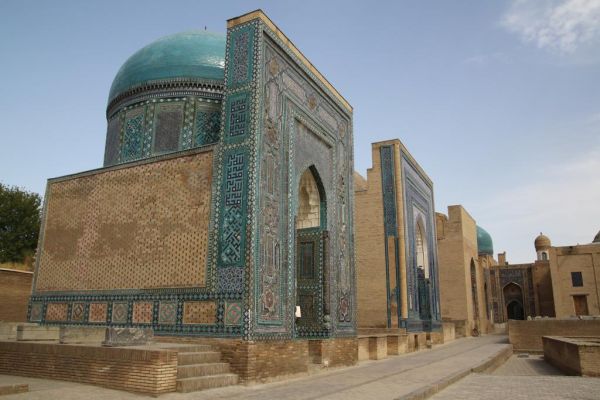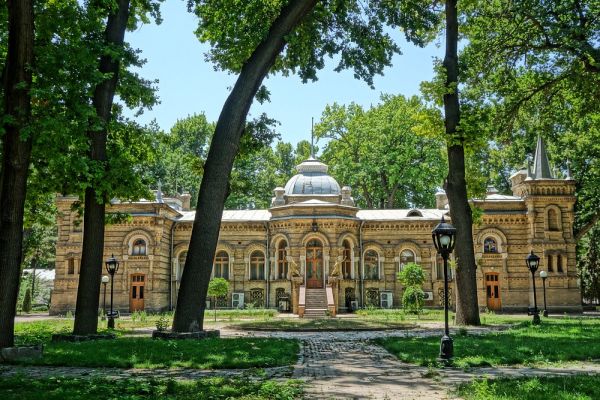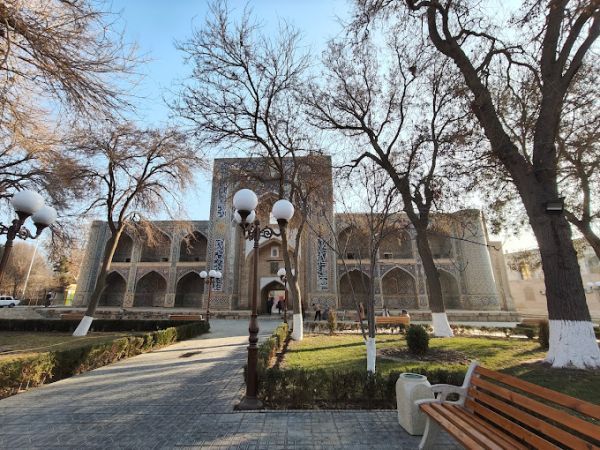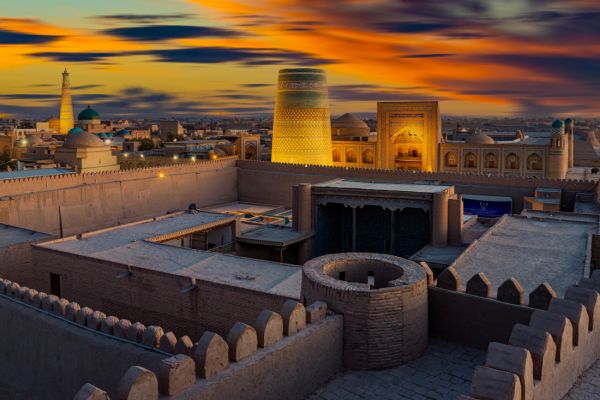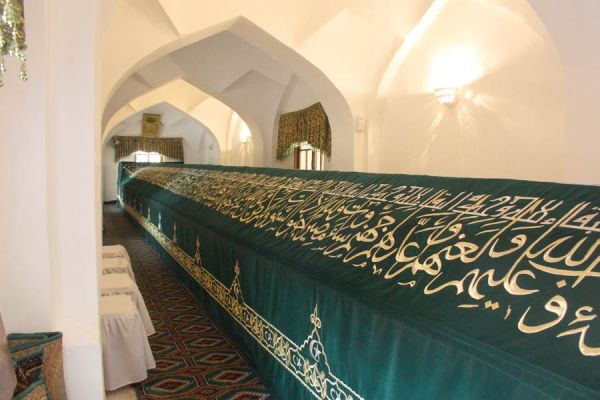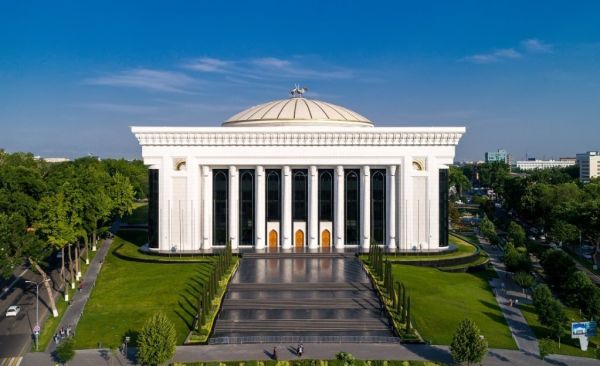Samanid Mausoleum
One of the oldest architectural monuments in Bukhara, the Samanid Mausoleum, was built on a vast territory that served as a burial place for the deceased in the past centuries. According to historical information, the mausoleum appeared at the end of the 10th century on the territory of the cemetery. Its construction was supervised by Ismail Samani, the founder of the famous dynasty, which occupied the throne for more than a century, in the period from 875 to 999. It was the last Persian dynasty to rule in Central Asia. Interestingly, it was the reign of the Samanids that is considered the heyday of the economic and cultural activities of the state.
Historians claim that Ismail Samani ordered the construction of a mausoleum in memory of his father. Then the building became the tomb of other representatives of the noble family. Ismail Samani himself and his grandson are also buried here. This is evidenced by the inscriptions at the main entrance to the building.
The mausoleum is known not only for its extraordinary beauty, but also for its impressive age. It is the oldest of all the architectural monuments of Central Asia, reflecting the Islamic architectural traditions. Nevertheless, there is a deviation from the principles of religion in the appearance of the building.
The building has a full-fledged roof, which Islam does not allow and does not approve of. There are no more mausoleums like this in Islamic history.
The restoration work helped to preserve the appearance of the mausoleum. They were carried out in the 20th century after the discovery of an architectural monument that was almost completely hidden under two meters of cultural layer. The preservation of the mausoleum was also helped by its walls, which are almost two meters thick.
Architecture
The tomb of the Samanids is decorated in the best traditions of Central Asian architecture. The main material for the construction of the building was fired brick. In shape, the mausoleum is an even square, each corner of which is marked by a slender column without decoration. The columns serve as a support for a huge arcade consisting of 40 arches — 10 on each side of the square. Small domes are placed at the corners of the roof, and between them, in the very center, stands the main dome. Arches in the corners inside the room create the shape of an octagon.
The dimensions of the room inside are 7.2 meters long by 7.2 meters wide.
The mausoleum has the shape of a cube, a symbol of stability and Earth, and the dome above it represents the firmament. The combination of these two forms symbolizes the unity of the universe and reproduces its model. Many architectural elements of the structure are typical for Zoroastrian fire temples.
The brick on the walls of the building is laid out figuratively, the brick pillars alternate — horizontal ones are replaced by vertical ones, then vice versa. This creates a pattern that looks like a braid. The ornament is laid out in such a way that the appearance of the mausoleum changes under different lighting conditions. The patterns, which vary depending on the chiaroscuro, are mainly made of two geometric shapes — a square and a circle. They seem to repeat the basic shapes of the mausoleum itself, a square structure with a dome.
The frieze of the building is encircled by peculiar "beads" made of brick rings. Beads of this shape are also called "Sassanian pearls". Traditionally, such rings were carved into the plaster several centuries before the construction of the mausoleum. The decor does not use colored smalt, but the simple silhouettes, the harmony of proportions and the masterfully executed openwork are fascinating — the mausoleum is deservedly considered a masterpiece of Central Asian architecture. On one side there is a door to the mausoleum, on the other three there are symmetrically carved lattices.
Inside, the same patterned masonry is used as on the facade of the building. The Samanid tomb is a symbol of a new era in the development of Central Asian culture, which was revived after the Arab raids. The brickwork of the mausoleum allows you to study the history of the improvement of this craft. Along with the traditional methods of brick construction, the innovation of architects can also be observed here.
To enjoy the beauty of the Samanid mausoleum, tourists recommend coming to the building at different times of the day to see how the decorative masonry pattern changes.
